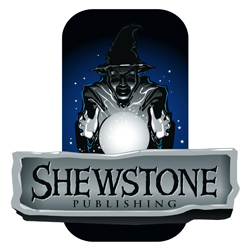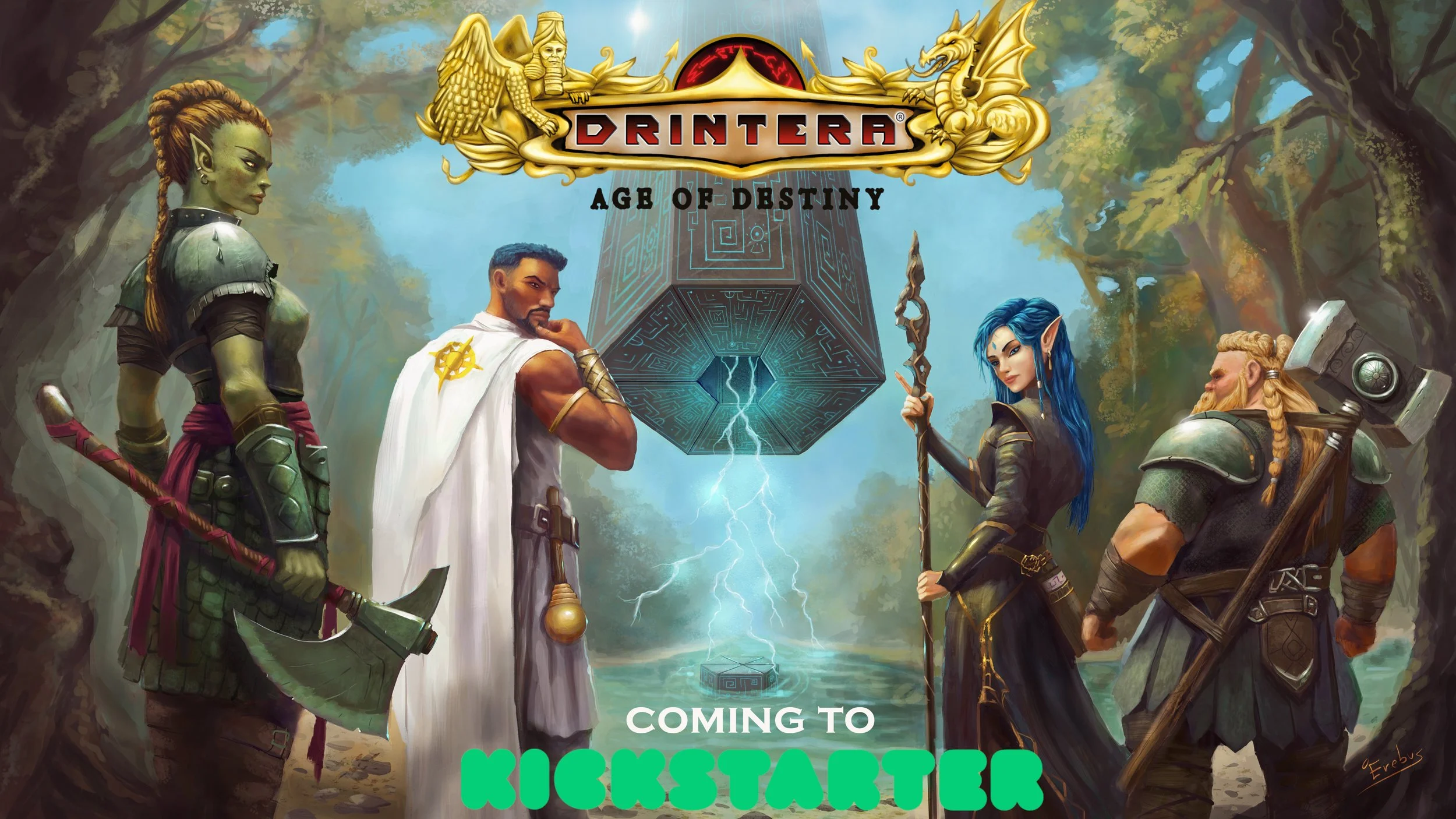We have two tabletop roleplaying product lines:
Magonomia is the tabletop roleplaying game of Renaissance wizardry. All the player characters are wizards, wielding magic based on authentic 16th century lore. Adventure in Enchanted England, where the witches, ghosts, and faeries of folklore meet the exploration and intrigues of the Tudor dynasty!
Drintera® is a worldbuilding project to make a fantasy world nearly as diverse as our own. We aim to represent and celebrate as many cultures as possible. We've had an international freelance creative team from the beginning. Take a fresh look at fantasy from a global perspective!




